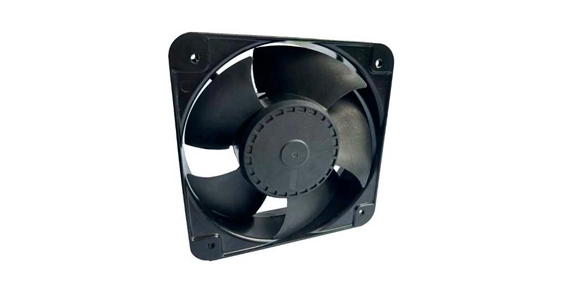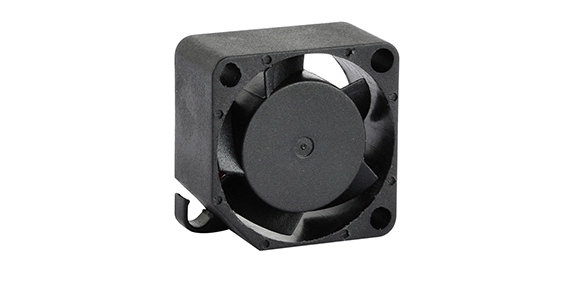Laptop cooling fans play a crucial role in maintaining the optimal temperature of laptops, ensuring their smooth and efficient performance. Overheating is a common issue in laptops, which can lead to decreased performance, system crashes, and even hardware damage. To combat this, various cooling fan technologies have been developed, each offering unique solutions to effectively dissipate heat and maintain a cool environment for laptops. In this article, we will explore the different technologies behind laptop cooling fans, with a specific focus on the traditional silent laptop fan.
Traditional Silent Laptop Fan: The Foundation of Laptop Thermal Control
The traditional silent laptop fan has been the backbone of laptop thermal control for many years. These fans are specifically designed to provide adequate air circulation, preventing any buildup of heat within the laptop. They operate silently, ensuring that users can work without any disturbance caused by fan noise. These fans often consist of multiple blades that rotate at high speeds, drawing in cool air from the surroundings and expelling hot air generated by the laptop's components. While traditional silent laptop fans are reliable and effective, they can be limited in terms of their cooling capacity, especially in the case of high-performance laptops or intense computational tasks.
Heat Pipe Technology: Enhancing Efficiency in Cooling Systems with Silent Laptop Fan
Heat pipes have revolutionized laptop cooling systems, significantly enhancing their efficiency. A heat pipe is a sealed copper or aluminum tube filled with a small amount of fluid, typically a combination of water and ethanol. The heat pipe works on the principle of phase change, where the fluid inside evaporates when it comes in contact with the hot components of the laptop. The vapor then moves to a cooler area of the pipe, condenses back into a liquid, and releases the heat. This continuous cycle ensures efficient heat transfer and dissipation. By integrating heat pipe technology with axial fan application, laptops can effectively cool down even under heavy workloads or gaming sessions.

Advanced Heat Dissipation Techniques of Silent Laptop Fan
In addition to heat pipe technology, silent laptop fan utilizes advanced heat dissipation techniques to maximize cooling efficiency. These techniques include the use of heat sinks, which are metallic components that absorb and dissipate heat away from the laptop's components. Heat sinks often have fins or other structures that increase the surface area, allowing for better heat dissipation. Some advanced cooling systems also incorporate vapor chambers, which are similar to heat pipes but have a larger capacity for heat transfer. Additionally, certain laptop models feature liquid cooling solutions, where a coolant circulates through small tubes, effectively dissipating heat and ensuring optimal thermal performance.

Silent Laptop Fan: Smart Solutions for Dynamic Thermal Control
The latest generation of silent laptop fans brings smart solutions for dynamic thermal control. These fans are equipped with intelligent sensors that continuously monitor the temperature of the laptop and adjust fan speed accordingly. This ensures that the laptop remains at an optimal temperature without unnecessary noise or excessive cooling. These intelligent fans often come with software interfaces that allow users to customize fan profiles, providing flexibility in balancing performance and noise levels.
In conclusion, silent laptop fans play a vital role in maintaining the temperature of laptops and ensuring their efficient performance. Traditional silent laptop fans provide a solid foundation for thermal control, while technologies such as heat pipes and advanced heat dissipation techniques enhance cooling efficiency. The integration of smart solutions further optimizes thermal performance, allowing for dynamic thermal control. With the continuous advancements in laptop cooling fan technologies, users can expect better heat dissipation and improved overall performance from their laptops.

 EN
EN 

 +
+
 +
+
 +
+



